$GBPUSD
#Forex #BritishPound #GBP #CurrencyTrading #Inflation #Dollar #UK #InterestRates #BoE #FXMarkets #Trading #Economy
Sterling has surged past the $1.30 mark for the first time since November, buoyed by a combination of persistent UK inflation and a broad-based decline in the US dollar. The British pound has been one of the standout performers in foreign exchange markets this year, as inflationary pressures in the UK have remained elevated despite efforts by the Bank of England to tighten monetary policy. The underlying strength of consumer prices, coupled with expectations that interest rates may remain higher for longer, has supported the currency. Meanwhile, the US dollar has been weakening as markets anticipate potential Federal Reserve rate cuts, reducing its relative appeal versus other major currencies.
The pound’s appreciation reflects strong investor sentiment towards the UK economy, despite persistent inflationary challenges. Market participants have increasingly factored in the likelihood that the Bank of England may have to keep rates elevated in order to curb inflation, in contrast to the US Federal Reserve, which has signaled a possible shift toward easing later this year. Higher interest rates typically provide support to a currency by making interest-bearing assets more attractive to investors. Additionally, the UK’s economic resilience, particularly in the labor market, has helped bolster confidence in the pound. Continued wage growth and robust consumer spending have contributed to sticky inflation, making it difficult for policymakers to justify immediate rate cuts.
Meanwhile, the US dollar has been on a downward trajectory as economic data from the United States suggests that inflation is moderating more rapidly than previously expected. Recent reports have shown signs of cooling inflationary pressures, reinforcing expectations that the Federal Reserve could begin loosening monetary policy in the coming months. This has led investors to scale back their dollar holdings, seeking higher returns in alternative assets, including the British pound. Additionally, concerns over US fiscal policies and the sustainability of government debt levels have weighed on the greenback, further amplifying sterling’s rally.
Looking ahead, the trajectory of the pound will largely depend on forthcoming economic data and policy decisions by the Bank of England and the Federal Reserve. If UK inflation remains stubbornly high, speculation around prolonged higher interest rates could fuel further gains in sterling. Conversely, any signs of economic weaknesses or a rapid decline in inflation could temper expectations for further currency appreciation. In the US, traders will continue to monitor inflation data and the Fed’s next move on interest rates. For now, with the dollar on the back foot and UK inflation proving resilient, sterling’s momentum could persist in the near term.



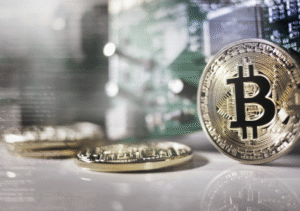

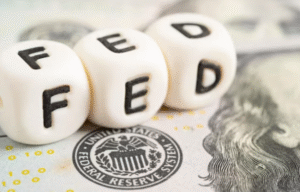
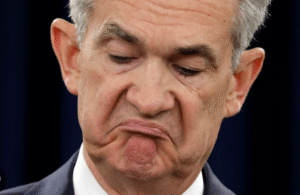
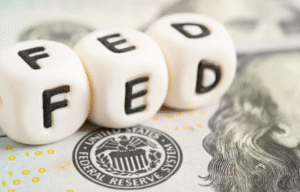
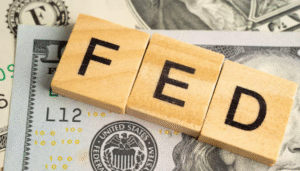


Comments are closed.